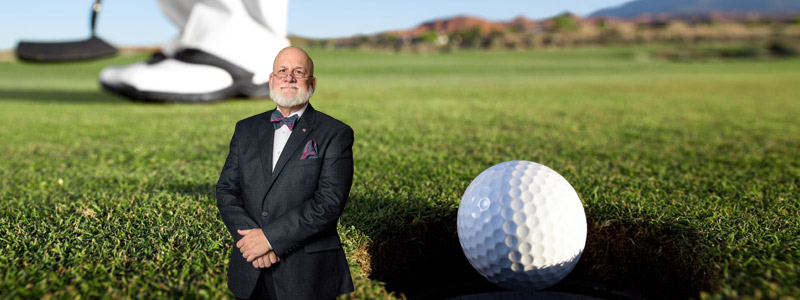Ask Larry:
Your Question: My husband is 49 years old and showing signs of andropause. He only goes to the doctor or takes medication if “he feels like he is dying”. I happen to think a topical supplement would be something he would be open to though. Can you please recommend what options could be available to him? I did see the progesterone for men, are there any others?
Larry’s Response: Andropause – aka male menopause – is thought by many to be the gradual drop in testosterone levels in men as they age. Its existence is not officially recognized, though it is true that testosterone levels decline with age.
In my experience it’s far more likely that the “symptoms” associated with andropause, most of which are subjective (fatigue, mental sharpness, loss of strength, foggy thinking, and so on) are probably associated more with a hormone imbalance and lack of activity than a reduction in one specific hormone.
The activity portion is important and also controversial. As a man ages it is easy to blame lower testosterone than on him being less active. Reduced activity – and a poor diet – is more likely a cause of andropause symptoms than the drop in testosterone, even though those who have the subjective symptoms would rather believe that normally falling levels of testosterone were the cause rather than the result of inactivity.
In the current health world, most of us would prefer to pop a pill or slather on a cream than get off the couch and do something, but being active usually does the most good.
It is still likely that there is an underlying hormonal reason for the symptoms. Each of us is bombarded with substances today that weren’t out there a few decades ago, primarily substances that act like estrogens in our body. They include pesticides, plasticizers, and soy. Even hops, the bitter part of beer, can exert an estrogen-like effect (beer guts may well be the result of too much estrogen activity).
The most common form of combat against the andropause idea has been testosterone. Simply, it makes sense – until you investigate and understand hormone balance. Adding testosterone can be a larger problem, especially if overall estrogen-activity has been increasing. In the normal person, testosterone can be converted to more estrogen via a system associated with an enzyme called aromatase. Men who experience feminizing effects of testosterone replacement are often prescribed another drug, an aromatase inhibitor, to block the formation of estrogen from testosterone. In addition to larger breasts, beer gut, flabby muscles, and low energy, men with higher estrogen activity can also experience a swelling in the prostate. That results in more urgency to urinate, weaker streams, and other symptoms associated with prostatitis (which can easily be misdiagnosed as prostate cancer).
Instead of adding testosterone I like to suggest using a small amount of progesterone (10mg or so) six days a week, applied to the inner arms and trunk or directly to the scrotum. What does it do?
Progesterone is the natural hormone that balances out the negative effects of real estrogen, and those substances that act like estrogen in the body (the pesticides, etc.). Men who apply it six days a week find improvements on many fronts (it is important to skip applications once a week). It also doesn’t add to the estrogen burden so the estrogen symptoms don’t occur. Progesterone is safe and effective and available without a prescription, which cannot be said about testosterone (or estrogens for that matter).
Yes, we fill prescriptions for testosterone, but I am not a fan of using it, particularly as there are safer approaches; using progesterone and adding activity.

